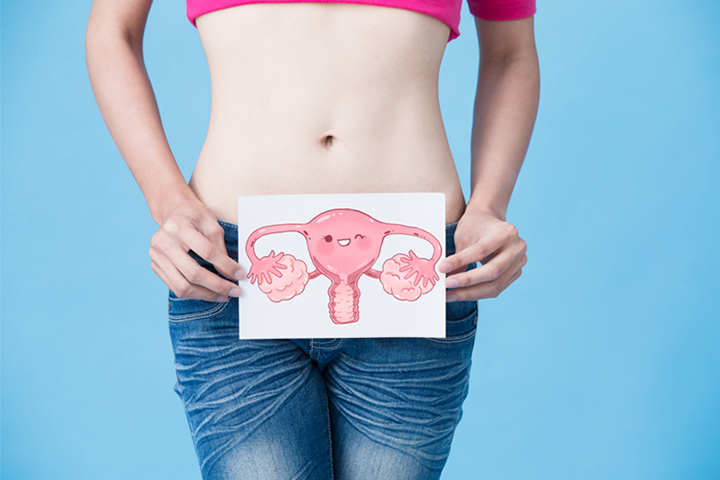Adenomyosis is a condition affecting women in the 35-50 age range. This begins when the inner lining of the uterus grows uninhibited, ultimately entering the region of the uterine muscles.
The name comes from the adenomyoma, blood clots that form due to this growth. As the condition sets in, the uterus thickens, causing pain and contractions, especially prevalent during the menstrual cycle.
Adenomyosis also plays a role in a woman’s difficulty getting pregnant, and in difficulty sustaining a pregnancy.
Treatment is difficult for adenomyosis which relies on presumptive diagnosis. What we know is that estrogen plays a great role in aggravating it.
While anti-inflammatory medicines can help reduce symptoms, lasting relief can only be felt through a careful and sustained diet.
Food & Nutrition Diet (Meal Plan) for Adenomyosis
#1 Recommended Breakfast Diet for Adenomyosis
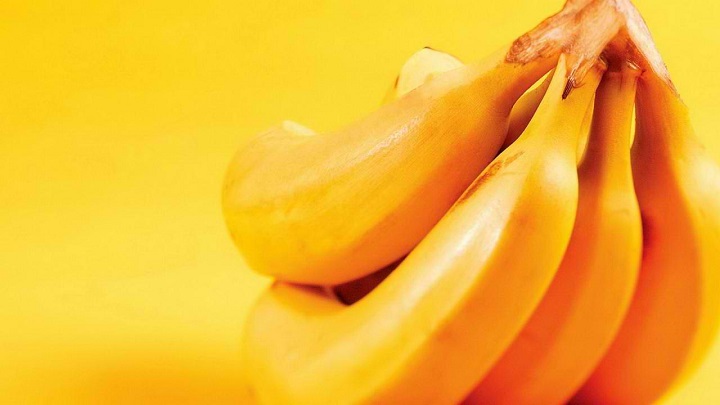
For breakfast, protein sources are good. Instead of the traditional hotdogs, sausages, eggs, and bacon, try eating only food from traceable sources, or at least those that you know for sure do not contain any artificial hormones or harmful substances.
Meat shouldn’t be the majority of your diet, either. You can also enjoy a nice serving of fruit such as berries and bananas — the latter is especially useful with an upset tummy.
Vegetables can also be incorporated, such as in an omelette. For your drink, a glass of milk should help maintain overall health.
#2 Recommended Lunch Diet for Adenomyosis

Taking in sources of omega-3 also help reduce symptoms of adenomyosis. This means eating fresh fish — never canned. You can also take in brown rice and beans to make your meals more filling.
For additional protein sources, quinoa and lentils are also good.
If you will be frying your meals, use cold-pressed olive oil, no more than what is needed to cook your meal thoroughly. Onions, peppers, mushrooms and other flavorings could add flavor to your lunch.
#3 Recommended Dinner Diet for Adenomyosis
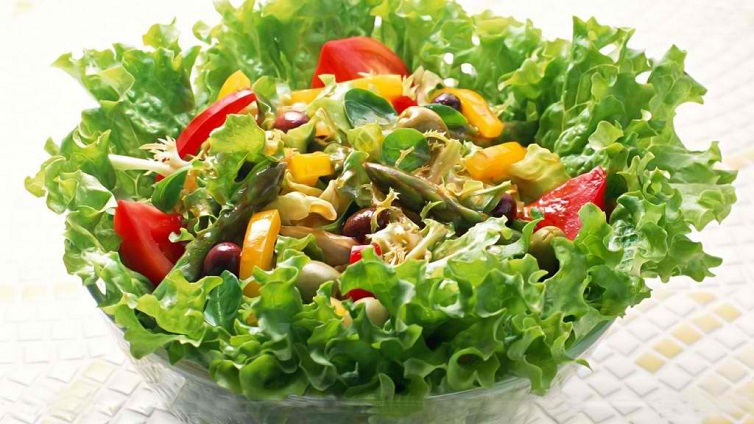
Eating a light dinner is always a good idea, and you can reuse ingredients from earlier meals.
A tummy-friendly dinner would also consist of a salad, including leafy greens and lentils such as spinach, sprouts, kale, and the like.
If fresh veggies is not to your preference, sautéing carrots, broccoli, cauliflower, and the like would add variety.
#4 Recommended Snack Diet for Adenomyosis

Aside from beans, nuts and oatmeal would be good options. For the latter, make sure you’re only getting whole-grain and not refined grains, which would be rich in harmful carbohydrates.
Seeds like pumpkin seeds are also good.
#5 Recommended Drinks for Adenomyosis
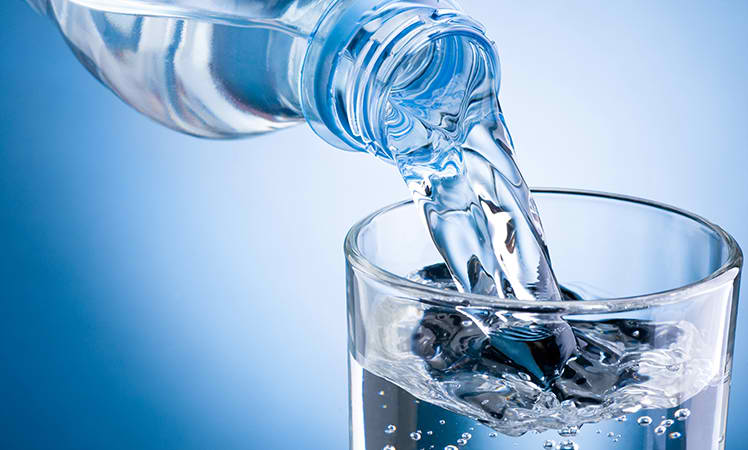
For adenomyosis patients, water should be the top drink. Try to consume at least one and a half liters of water throughout the day. Freshly-squeezed juices like that from raspberry and orange are also good.
Don’t go for acidic drinks, though, such as lemon, plum, apricot, and cherry juice.
You can also consume fruit teas, but avoid raspberry and chasteberry tea, as these contain chemicals that may interact negatively with your symptoms.
#6 Recommended Herbs for Adenomyosis
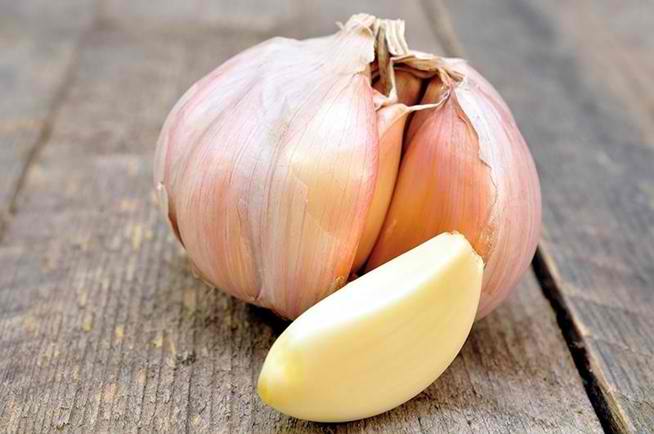
Herbs can be used as food additives to both add flavor and benefits. Instead of using salt which could worsen your condition, try using beneficial herbs to flavor your meals.
Easy options include basil, cinnamon, caraway, ginger, garlic, rosemary, peppermint, thyme, and sage. Sour flavorings such as pickles and vinegar should also be lessened.
Shepherd’s purse is another herb traditionally used to treat adenomyosis, as it has the ability to constrict blood flow. This decreases the intensity of menstruation, and also reduces the bleeding associated with the condition.
Another useful ingredient for the prevention of adenomyosis inflammation is turmeric. While not exactly an herb, it is often used as flavoring and as an additive. Its curcumin content is useful in helping reduce pain and regulate menstrual bleeding.
Ginger is also good for the adenomyotic patient. With its analgesic properties, menstrual pain can be reduced. Ginger’s antioxidant content is also helpful in ensuring the normal function of the uterus.
#7 Recommended Fruits for Adenomyosis

As mentioned before, raspberries (only fresh, never the tea form), bananas, and oranges are good for adenomyotic people.
Common fruits such as avocados, papaya, coconut, melons, pears, and peaches would also be good.
One unusual fruit that’s good for adenomyosis is vitex, from the chaste tree. It has specific hormone-mimicking compounds that induce the effect of progesterone and testosterone, therefore reducing the need to produce actual hormones.
This lowering effect can drastically lessen the symptoms of adenomyosis.
#8 Recommended Vitamins for Adenomyosis

Aside from multivitamins, Vitamin E can be very helpful in easing the symptoms of adenomyosis. There are lots of Vitamin E supplements available, but take care to choose only those that come from natural sources.
#9 Recommended Minerals for Adenomyosis

Taking omega-3 supplements do not only help your overall health, but also counter the symptoms of adenomyosis.
Aside from this, magnesium and calcium are also useful in balancing the menstrual process. These two minerals can be instrumental in reducing the symptoms of adenomyosis.
#10 Discouraged Foods for Adenomyosis

Aside from the different kinds of food recommended for adenomyosis, there are also those that should be minimized to manage symptoms. These include refined grains, and sour fruits.
Coffee, nicotine, and alcohol should be minimized as much as possible, along with oily, salty, and junk foods. Sugar, while generally okay, should also be limited.
All these food items can react with the body and produce excess pressure on the uterus and pelvic regions, thus increasing the pain of adenomyosis.
Spicy food should also be limited, as these could excite bodily systems and cause undue contraction of the uterine muscles.
In general, any food that also helps in the production or release of estrogen should be avoided.
Physical activities such as yoga and light workout could help rebalance the body’s hormonal structure. Such activity also produces “feel-good” hormones that reduce the pain associated with adenomyosis.
In conjunction with the diet guidelines we have laid out here, light exercises would greatly help eliminate the symptoms of adenomyosis.
*If you have any concerns or questions about your health, you should always consult your doctor before making any changes to your diet or nutrition program.
- READ MORE

